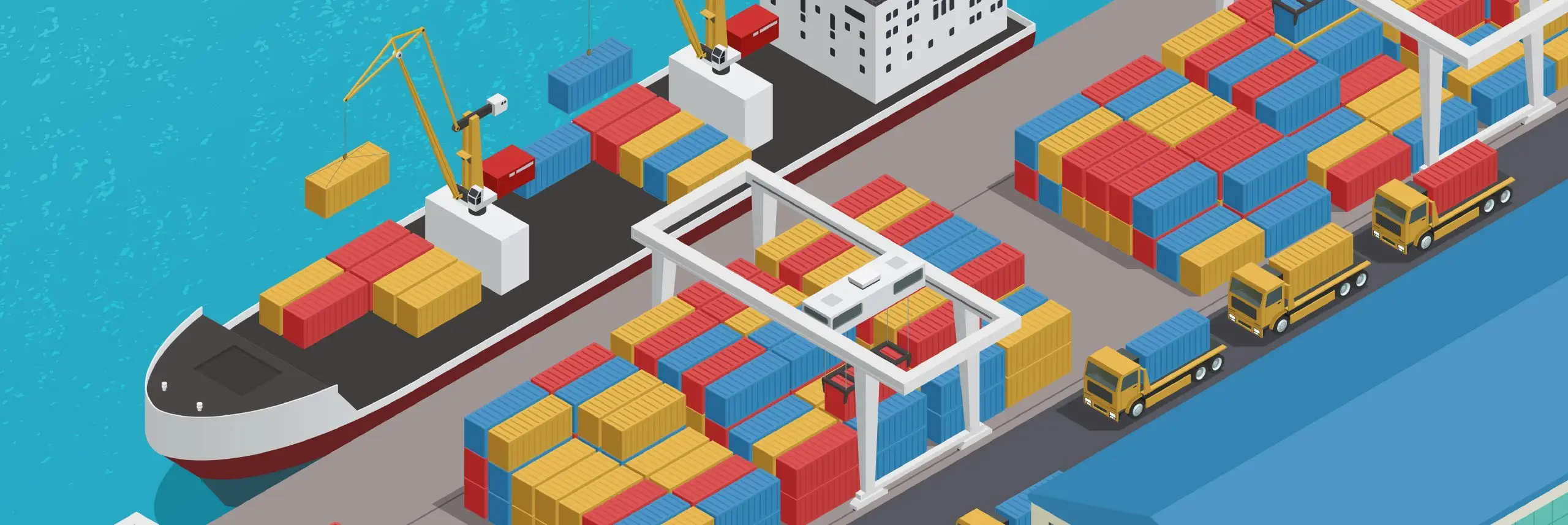
27 Sep Maritime single window–the future of maritime trade?
Since the pandemic outbreak, ports and stakeholders have been keen on digitization like never before. Added to that, the International Maritime Organization (IMO) amendment to the FAL Convention promotes digitization as a compulsory measure. Both factors put together have now created a buzz around single window systems.
However, single window systems are not new to the industry. Already some of the leading ports in the world have a live single window system. Yet, in some cases, these systems address a specific area of the trade and are not well equipped to focus on challenges holistically. Data security has become a significant aspect of today’s competitive world. Therefore, the maritime industry requires a holistic solution that resolves all these challenges and ensures a seamless supply chain movement that lasts longer.

Why single window systems?
Industry experts believe that a single window system is a proliferation of integrated maritime reporting and information exchange between stakeholders. It provides an efficient electronic reporting culture to simplify clearance of ‘vessel, cargo, crew and passenger’ procedures in accordance with unified standards on ship arrival- stay-departure.
The key objectives of a single window system would be simplification, standardization, harmonization, and transparency. With these objectives in place, improving logistics activities will get agile, fairer and sustainable. Also, due to the complex nature of ports, it is essential to ensure safety in cargo movement within and outside the port ecosystem.
IMO’s recent mandate to implement maritime single window
IMO, on May 2022, announced fresh amendments to its existing FAL convention. The same mandated every single port in the world to have a single window system that enables digital information exchange between all stakeholders on vessel arrival, departure, and stay.
The maritime single window is a concept that enables all entities to perform all these operations seamlessly. Moreover, it includes process integration of all stakeholders involved. Precisely, it falls in line with the IMO’s recent policy amendments.
Benefits of a single window system

Mobility applications for visibility
With the vast number of processes, the cargo movement needs to be tracked on a micro-level to see if it is reaching the right destination. This manual process to track each shipment movement shifts the focus of every stakeholder from essential tasks. Whereas with technologies like port community system or connected logistics in place, tracking cargo movement is automated and comes with a mobility application.
Most importantly, with the cognitive capabilities using artificial intelligence/machine learning, every milestone status update is shared through WhatsApp, email, and other digital mediums.
Critical analysis for informed decision making
Informed decision making is the most critical part of maritime trade. Due to non prediction, some decisions turn out to be disastrous. Therefore, with the use of technology, stakeholders could reach informed decision-making.
Achieving sustainability
With the emphasis on reducing carbon emissions and diminishing the amount of paperwork done, the logistics industry is getting very particular about sustainability. Globally, we have seen efforts of airports going 90 percent digital to reduce the dependency on paperwork, etc. To reach these targets, technology will play a vital role in the subsequent days. Connected logistics turn a catalyst that enables reduced paperwork in the maritime sector
Data harmonization
Capture, verify, approve, reuse–these are the four action words a single window system requires to ensure data harmonization in a maritime trade environment. The definition varies from country to country and region to region. Yet, in several countries, achieving data harmonization and efficiency has been a big challenge due to enormous documentation. For example, in Oman, thousands of documents were required for regulatory clearance. With the intervention of a single window system, the same has reduced significantly over the years. The data sets are very well repurposed, thereby avoiding the probability of data duplication.
Is maritime single window the future of maritime?
Even though we talk about technologies, not all are witnessing rapid growth. However, in some countries, we see a maritime single window turning into a buzzword. In due course, and as the deadline approaches, the world will witness how many stakeholders have considered the mandate.
